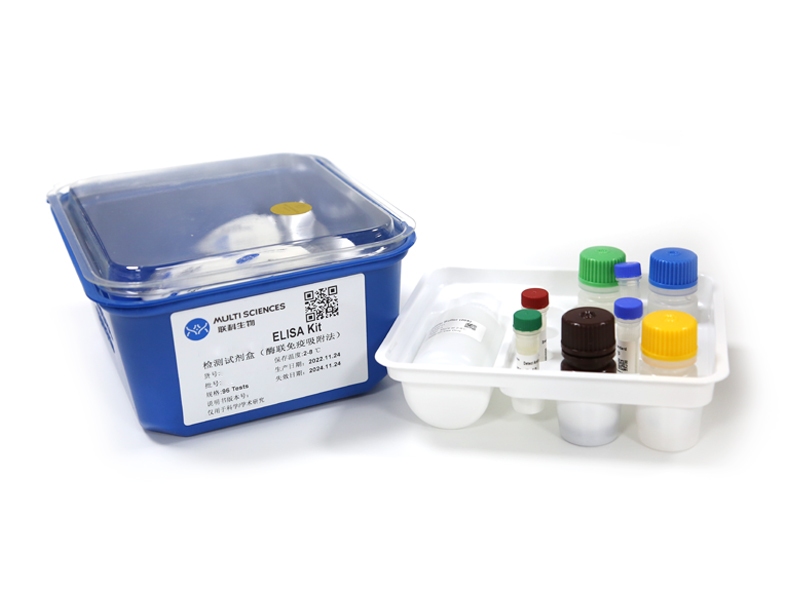文章目录[隐藏]
Schistosomiasis is a prevalent zoonotic parasitic disease caused by schistosomes. Its main threat to human health is hepatic granuloma and fibrosis due to worm eggs. Praziquantel remains the first choice for the treatment of schistosomiasis but has limited benefit in treating liver fibrosis. Therefore, the need to develop effective drugs for treating schistosomiasis-induced hepatic fibrosis is urgent. High-mobility group box 1 protein (HMGB1) is a potential immune mediator that is highly associated with the development of some fibrotic diseases and may be involved in the liver pathology of schistosomiasis. We speculated that HMGB1 inhibitors could have an anti-fibrotic effect. Sodium butyrate (SB), a potent inhibitor of HMGB1, has shown anti-inflammatory activity in some animal disease models. In this study, we evaluated the effects of SB on a murine schistosomiasis model. Mice were percutaneously infected with 20?±?2 cercariae of Schistosoma japonicum. SB (500?mg/kg/day) was administered every 3 days for the entire experiment period. The activity of alanine aminotransferase (ALT) and aspartate aminotransferase (AST), liver histopathology, HMGB1 expression, and the levels of interferon gamma (IFN-γ), transforming growth factor-β1 (TGF-β1), and interleukin-6 (IL-6) in serum were analyzed. SB reduced hepatic granuloma and fibrosis of schistosomiasis, reflected by the decreased levels of ALT and AST in serum and the reduced expression of pro-inflammatory and fibrogenic cytokines (IFN-γ, TGF-β1, and IL-6). The protective effect could be attributable to the inhibition of the expression of HMGB1 and release by SB.
文章引用产品列表
-
- EK981
- ELISA试剂盒
Human/Mouse/Rat TGF-β1 ELISA Kit检测试剂盒(酶联免疫吸附法)
- ¥1,600.00 – ¥10,800.00
-
- EK280
- ELISA试剂盒
Mouse IFN-gamma ELISA Kit检测试剂盒(酶联免疫吸附法)
- ¥1,600.00 – ¥10,800.00
-
- EK206
- ELISA试剂盒
Mouse IL-6 ELISA Kit检测试剂盒(酶联免疫吸附法)
- ¥1,600.00 – ¥10,800.00



